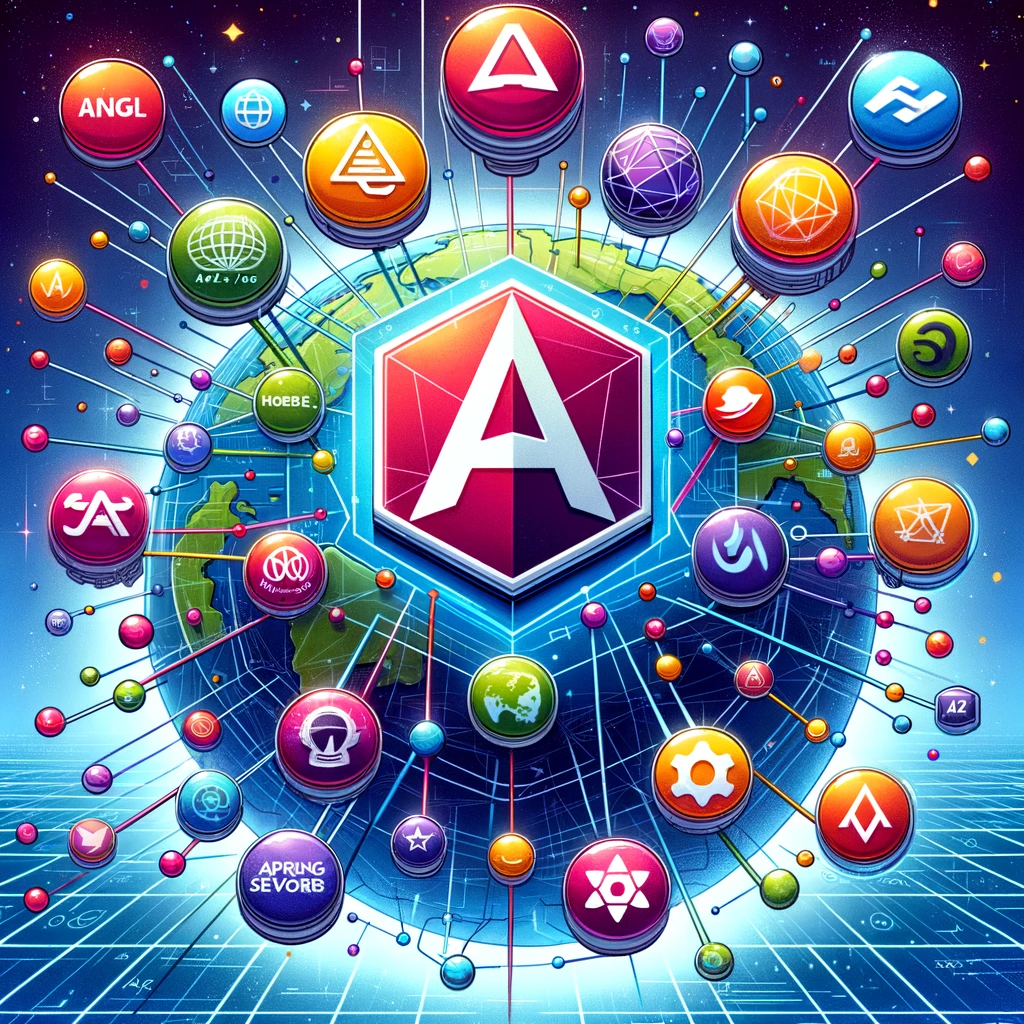Angular 17, being a front-end framework, is designed to build dynamic and modern web applications. It can be paired with virtually any backend technology based on the specific requirements of your project, such as scalability, performance, real-time data processing, or ease of development. Here are some of the best backend options you might consider when working with Angular 17, based on common use cases and the latest development trends:
- Node.js: A popular choice for an Angular backend, mainly due to its non-blocking I/O model, which makes it efficient for real-time applications. It uses JavaScript, which means you can have a single language across your stack. Express.js, a web application framework for Node.js, is often used alongside for building RESTful APIs quickly.
- ASP.NET Core: A powerful, open-source, cross-platform framework developed by Microsoft. It’s a great choice if you’re looking for performance and scalability. ASP.NET Core is particularly beneficial if your project is heavily integrated with other Microsoft services or if you prefer a strong type system with C#.
- Spring Boot (Java): Ideal for enterprise-level applications. It provides a wide range of functionalities, including security, data access, and more. Spring Boot makes it easy to create stand-alone, production-grade Spring based Applications that you can “just run”. It’s particularly suited for complex projects with extensive backend requirements.
- Django (Python): A high-level Python Web framework that encourages rapid development and clean, pragmatic design. It’s a good option if you’re working on applications that need to process large volumes of data and require a robust admin panel or if your team is proficient in Python.
- Ruby on Rails (Ruby): A server-side web application framework written in Ruby. It’s known for getting applications up and running quickly, thanks to its convention over configuration approach. It might be the right choice for rapid application development and MVPs.
- Flask (Python): A micro web framework written in Python. It’s lightweight and modular, making it adaptable to developers’ needs. Flask is a good option for smaller projects or microservices within a larger ecosystem, especially when Python is a preferred language.
- Firebase: Not a traditional backend but a Backend-as-a-Service (BaaS) provided by Google. It offers a real-time database, authentication, analytics, and more out of the box. Firebase is an excellent option for small to medium projects where you want to minimize backend setup.
- GraphQL with Apollo Server: If your application requires complex data operations, GraphQL can be an excellent choice. Apollo Server is an open-source, spec-compliant GraphQL server that works with any GraphQL schema. It’s especially useful for projects where the frontend requires flexible queries to the backend.
Choosing the right backend for your Angular 17 project depends on several factors, including the project’s specific requirements, your team’s expertise, and the ecosystem you’re most comfortable working in. Each of these backend technologies has its strengths and is best suited to different types of projects.

Leave a Reply
You must be logged in to post a comment.